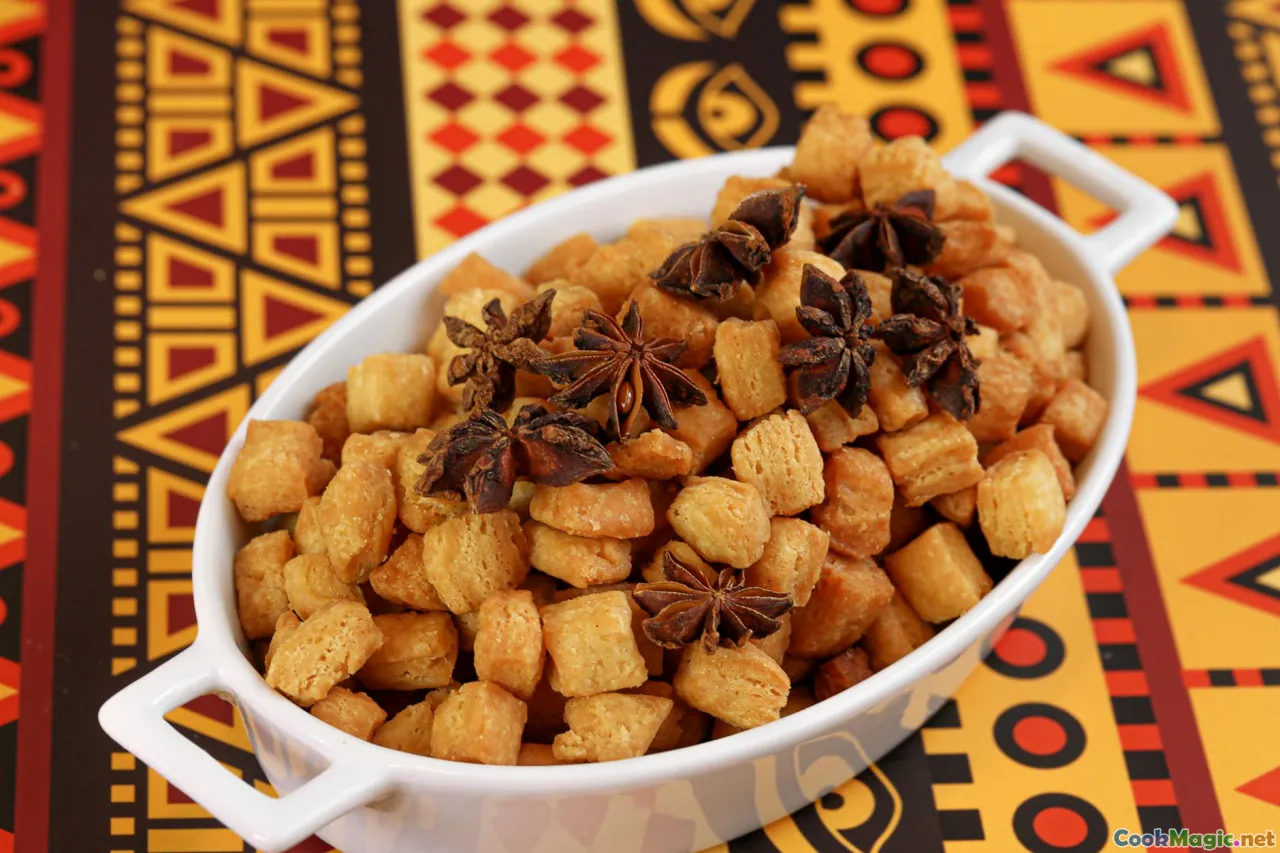Combining Local Nigerian Flavors in Modern Fusion Cooking
8 min read Discover how vibrant Nigerian flavors inspire innovative fusion dishes that celebrate tradition while embracing modern culinary creativity. June 15, 2025 03:51
Combining Local Nigerian Flavors in Modern Fusion Cooking
Nigeria, a land of vibrant cultures, rich history, and diverse ecosystems, offers a culinary tapestry as colorful and complex as its people. For centuries, Nigerian cuisine has been a reflection of its ethnic groups—Hausa, Yoruba, Igbo, and many others—each contributing their unique flavors, ingredients, and cooking techniques. Yet, in recent years, a new wave of culinary experimentation has emerged: the blending of traditional Nigerian flavors with global culinary styles to create innovative fusion dishes that are both rooted in heritage and forward-looking.
The Rich Tapestry of Nigerian Flavors
Before delving into fusion, it's essential to understand what makes Nigerian cuisine so distinctive. At its core, Nigerian food is an orchestra of bold spices, hearty grains, and fresh ingredients. From the smoky richness of suya to the comforting warmth of jollof rice, the cuisine is characterized by its vibrant flavors, aromatic herbs, and diverse textures.
Key Ingredients and Flavors
- Peppers and Spices: Scotch bonnet peppers, cayenne, and ginger lend heat and depth.
- Herbs: Ugu leaves, scent leaves, and basil provide fresh, aromatic nuances.
- Starches: Yam, cassava, plantains, and rice serve as the foundation.
- Proteins: Goat, chicken, fish, and assorted meats are prepared through grilling, stewing, or frying.
Traditional Dishes that Define Nigerian Cuisine
- Jollof Rice: A smoky, tomato-based rice dish infused with spices and often topped with fried plantains.
- Pounded Yam and Egusi Soup: A hearty combination of smooth yam mash with a thick, savory melon seed soup.
- Suya: Spicy skewered meat coated in ground peanuts and chili.
- Moi Moi: Steamed bean pudding packed with peppers, onions, and sometimes eggs or sardines.
The Inspiration Behind Fusion: Honoring Tradition While Innovating
Fusion cooking is more than just mixing ingredients; it’s about storytelling through food. It’s about respecting the roots of Nigerian cuisine while exploring new culinary horizons. As a chef or home cook, you might find inspiration in Nigeria’s rich spice markets, bustling street food stalls, or family recipes passed down through generations.
Personal Stories and Cultural Significance
In Lagos, I once visited a modern restaurant that reimagined jollof rice by incorporating saffron and coconut milk, inspired by the coastal influences of Nigeria’s southern regions. The dish retained its smoky essence but gained a layer of richness reminiscent of the tropics. Such innovations demonstrate how Nigerian ingredients can transcend their traditional boundaries.
The Emotional Connection
For many Nigerians abroad, fusion dishes serve as a nostalgic bridge to home, blending familiar flavors with new culinary landscapes. It’s a way to celebrate identity, heritage, and the adaptability of Nigerian cuisine in a globalized world.
Techniques and Approaches to Modern Nigerian Fusion
Creating successful fusion dishes involves careful consideration of flavors, textures, and presentation. Here are some approaches and tips:
1. Incorporate Local Spices into International Frameworks
Try adding Nigerian spices like ginger, cloves, or alligator pepper into pasta sauces, stews, or even desserts. For example, infusing a creamy risotto with Nigerian ginger and scent leaves adds a fragrant twist.
2. Use Nigerian Ingredients as Central Components
Replace traditional ingredients in global dishes with Nigerian staples. Imagine sushi rolls filled with suya-spiced tuna or plantain chips served alongside a spicy avocado dip.
3. Play with Presentation and Plating
Modern cuisine often emphasizes visual appeal. Use vibrant Nigerian colors—bright peppers, green herbs, yellow plantains—to create striking plates that tell a story.
4. Fusion through Cooking Techniques
Combine techniques like grilling (popular in Nigerian suya) with international methods such as sous-vide or smoking to add depth and complexity.
Signature Fusion Dishes Inspired by Nigeria
Here are some innovative ideas that blend Nigerian flavors with global cuisines:
Nigerian-Inspired Tacos
Soft corn tortillas filled with spicy grilled fish, topped with a mango and Scotch bonnet salsa, finished with a drizzle of palm oil-infused crema.
Jollof Risotto
Creamy Italian risotto cooked with Nigerian-style tomato paste, smoked paprika, and served with grilled shrimp or chicken, garnished with fresh herbs.
Suya-Spiced Burgers
Juicy beef patties seasoned with suya spices, served with a crunchy onion and pepper slaw on a toasted bun.
Plantain and Coconut Pancakes
Sweet pancakes made with ripe plantains, shredded coconut, and a hint of ginger, topped with honey or syrup.
Egusi Soup Pasta
Fusing Nigerian melon seed soup with Italian pasta, finished with spinach and a touch of spicy oil.
Embracing Cultural Exchange and Culinary Growth
The beauty of fusion cooking lies in its ability to foster cultural exchange. Nigerian flavors, known for their boldness and complexity, can elevate global dishes to new heights when thoughtfully integrated. This approach not only broadens culinary horizons but also promotes appreciation for Nigeria’s rich food heritage on the world stage.
Challenges and Considerations
While experimentation is exciting, it’s vital to maintain respect for the ingredients and techniques. Overuse of spices or misrepresenting traditional dishes can lead to cultural insensitivity. The goal is to create harmony—balancing innovation with authenticity.
Final Thoughts: A Delicious Future
Combining local Nigerian flavors in modern fusion cooking is a celebration of Nigeria’s culinary diversity and its potential to inspire chefs worldwide. Whether you’re a home cook experimenting in your kitchen or a professional chef pushing culinary boundaries, embracing Nigerian ingredients and techniques can lead to extraordinary creations.
Let your palate be adventurous. Honor tradition, but don’t be afraid to rewrite the story of Nigerian cuisine—one innovative dish at a time. In doing so, you’re not just creating food; you’re crafting a narrative that bridges cultures, celebrates creativity, and elevates Nigerian flavors to a global platform.
Nigerian cuisine is not static; it’s an evolving story. Fusion is the next chapter—bold, beautiful, and delicious.









